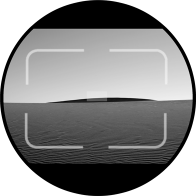Using Leica M lenses on the Panasonic G1 - some pictures
-
Recently Browsing 0 members
- No registered users viewing this page.
-
Similar Content
-
- 138 replies
- 9,324 views
-
- 126 replies
- 18,112 views
-
- 5,037 replies
- 513,947 views
-
- 13 replies
- 1,268 views
-
- 5 replies
- 258 views
-



.thumb.jpg.f9d155d7f5297e1431b1f6e1d76f5df6.jpg)
Recommended Posts
Join the conversation
You can post now and register later. If you have an account, sign in now to post with your account.
Note: Your post will require moderator approval before it will be visible.